Software is no longer something you install and update manually. These days, we interact with most applications through the cloud – a model known as “Software as a Service” or SaaS.
Rather than purchasing licenses, with SaaS you simply subscribe to use apps over the internet. The software lives on the provider’s servers and gets delivered through your web browser or mobile app.
Building SaaS applications is very different from traditional software development. Your app has to be structured to serve multiple tenants or customer accounts from the same codebase.
Creating a successful SaaS solution involves many crucial steps – validating your concept, designing an exceptional user experience, architecting cloud infrastructure, implementing, and providing top-notch customer support.
In this guide, we’ll walk through the entire SaaS development lifecycle with robust, secure, and scalable SaaS applications ready for prime time. Whether exploring SaaS as a new career direction or looking to modernize your approach, this is your start-to-finish roadmap.
Let’s dive into mastering the unique methodologies and processes involved develop a SaaS application!
Let’s get started with the basic question.
Table of Contents
What is a SaaS Application?
At its core, a SaaS or “Software as a Service” application is software that gets delivered over the internet – no installation is required on your computer or mobile device.
Rather than buying a copy of software that’s yours forever, with SaaS you’re basically just renting or subscribing to use the app. The actual program and all your data live on the company’s servers in the cloud.
From a company perspective, building SaaS apps is also a smart model versus traditional boxed software. They can instantly reach customers worldwide without manufacturing discs or downloads. But it also introduces some unique tech challenges around scalability, security between different user accounts, and seamlessly pushing updates.
Still, the convenience factor of SaaS has made it super popular in recent years. A ton of tools you likely already use daily – stuff like Google Workspace, Dropbox, Salesforce, Slack, Zoom, and more – are all SaaS products making our work and life easier through the magic of the cloud.
Five Types of SaaS Applications
1. Accounting SaaS
- Building an Accounting SaaS application can handle all your income, expenses, invoicing, payments, payroll, tax compliance, and bookkeeping tasks
- No more installing desktop accounting programs – it’s all in the cloud
- Automatically syncs your transactions from banks/payment gateways
- Building a SaaS application will help you create financial reports, monitor profitability, and oversee cash flow online.
- Well-known choices encompass FreshBooks, QuickBooks Online, Xero, and Sage Intacct.
2. Customer Relationship Management (CRM) SaaS:
- CRM SaaS provides a centralized system for tracking all your customer interactions and data
- Manage your sales pipeline, log customer communication, and automate marketing campaigns
- Develop comprehensive customer profiles to enhance personalized experiences.
- Seamlessly integrate with various tools such as email, social media, and live chat for smooth engagement.
- Major contenders in this domain are Salesforce, HubSpot, Zoho CRM, and Microsoft Dynamics.
3. Enterprise Resource Planning (ERP) SaaS:
- You can unify business processes across finance, HR, manufacturing, supply chains, services and more
- Cloud ERP enables real-time visibility into operations enterprise-wide
- Automate key workflows including order-to-cash, procure-to-pay, and records reporting.
- Easily adjust resources as needed to meet evolving business requirements
- Oracle, SAP, Microsoft, and Infor are major enterprise SaaS ERP providers
4. Project Management SaaS Applications:
- This software helps to Collaborate on tasks, schedules, files, and communication all within one hub
- See project roadmaps, assign responsibilities, set milestones and deadlines
- Customize workflows and reporting dashboards specific to your processes
- Popular options include Asana, Trello, Jira, Basecamp, Smartsheet software
- It is seamlessly used by remote teams dispersed across locations
5. Email Marketing SaaS Software:
- With the help of this, you can create beautifully designed email campaigns without knowing the code.
- Manage your subscriber lists, and segment them into groups.
- Track analytics like opens, clicks, and conversions from each send.
- Build automated sequences based on user behaviors and actions.
- The top tools are Mailchimp, Constant Contact, HubSpot Marketing Hub, and ActiveCampaign.
How To Build a SaaS Application For Your Project in 7 Simple Steps?
Developing a SaaS application that can reliably and securely serve a large user base through the cloud introduces some unique engineering challenges around scalability, multi-tenancy, automated testing, and deployment pipelines.
But when done right, SaaS unlocks amazing opportunities to build software that provides incredible value, reaches global audiences, and adapts rapidly to changing customer needs – all through the power of the cloud.
Step 1: Researching the Market for Your SaaS Application
Diving headfirst into creating a SaaS app without proper planning is a guaranteed path to squandering both time and resources.
The smart approach? Do your homework upfront through solid market research.
Get out there and actually talk to your potential users – run surveys, and interviews, join online communities in your problem space.
The goal is to deeply understand their struggles, frustrations, and desired outcomes. What job are they hiring your product to do? You need those raw insights directly from the source.
Thoroughly analyzing what competitors and alternatives are already out there is the best way to start your developing SaaS application journey.
Recommended Reading
Step 2: Defining the Minimum Viable Product (MVP) for Your SaaS App
With all your user and market intelligence gathered you can start defining your minimum viable product (MVP) – the lean, core solution to put out into the world first.
Avoid attempting to do everything at once! Reduce the scope to just the most essential set of features that deliver value and solve real problems for your early adopters.
Mapping out the user flows, epics and requirements for this MVP is crucial. But also critically think through what the future product roadmap beyond the MVP will look like. That upfront planning and visioning lay the foundation for an evolvable SaaS product down the line.
Step 3: Gathering Essential Resources for SaaS Application Development
Every SaaS app needs the right players and tech stack in place to turn your vision into reality. On the human resources side, you’ll need a cross-functional team with skills spanning product management, UI/UX design, full stack web development, QA engineering, DevOps, and potentially sales/marketing.
Don’t try to cut corners by having general web developers simply try to “figure out” how to build a SaaS application.
You need people with direct experience designing and developing cloud software with scalability, multi-tenancy, and continuous delivery in mind from Day 1.
From a tooling and infrastructure perspective, you’ll need cloud hosting, CI/CD pipelines, monitoring, containerization platforms, artifact repositories, communication tools for your distributed team, and more.
Step 4: Prioritizing UI/UX Design in SaaS App Development
Your UI/UX design team has to be involved from the very beginning, not tacked on at the end. After all, the user’s entire experience of your application is through those software interfaces.
Invest heavily into upfront user research, persona development, wireframing, prototyping, and stakeholder feedback cycles.
Run usability tests during the design phase before writing production code. The goals are intuitive navigation, clear information architecture, and ideally even delightful micro-interactions.
Don’t let your engineers default to dull, dated UI frameworks and conventions. Push for modern, visually appealing user interfaces with responsive, mobile-first approaches in mind. Well-designed cloud apps provide simple, cohesive experiences across devices.
Step 5: Estimating the Costs of Building SaaS Application
As the requirements and designs for your MVP come into focus, you’ll need to carefully estimate the implementation cost to build SaaS products – both upfront and for ongoing development/operations.
On the initial build side, factor in your team’s salaries or contractor rates, any paid tool subscriptions, cloud infrastructure fees, and buffer for unexpected needs.
For long-term, recurring costs, you’ll need to account for variables like hosting consumption scaled for your projected user growth, contracted DevOps/support services, marketing spend to acquire customers, and most critically – your sales engine’s ability to drive revenue and cash flow from subscriptions.
Step 6: Selecting the Tech Stack for Your SaaS App
Your SaaS tech stack selection deserves particularly meticulous planning and consideration. The core programming languages, frameworks, databases, CI/CD tools, cloud services, and more that you standardize on form the critical infrastructure.
You want a proven, scalable stack suitable for distributed cloud computing rather than traditional monolithic app stacks. Look at what leading, mainstream SaaS players use.
Favor technologies with robust performance, third-party integration capabilities, and healthy open-source communities.
Developing on proprietary, niche, or new/unproven platforms may seem appealing. But will those have the resources, skillsets, and ecosystem available to evolve and scale your app over the years? Probably not the safest bet for a SaaS product’s longevity.
Step 7: Managing Deployment and Support for Your SaaS Application
Just getting your initial SaaS app shipped is only half the battle. Having processes for continuous delivery of enhancements while providing top-notch, proactive customer support is mission-critical.
On the deployment side, you’ll need robust automated testing environments, CI/CD pipelines, and mechanisms to push updates without impacting users. You’ll also need monitoring, logging, analytics, and incident response protocols to maintain uptime and performance.
Equally important is supporting your customers through channels like live chat, email, phone, knowledge bases, and community forums. Plan for hiring and staffing roles like customer success managers, technical support analysts, docs writers, and more. Ongoing education through videos, webinars, and hands-on training resources is valuable too.
Conclusion
As we come to the end of our discussion on Software as a Service (SaaS), let’s simplify it. SaaS means using software via the internet, or the “cloud,” rather than downloading it onto our computers.
This approach makes software more accessible and keeps it up-to-date effortlessly.
We’ve looked at different kinds of SaaS apps. Some help us with money matters (that’s accounting) and others help us manage projects. We’ve also talked about how you can develop SaaS applications with the best SaaS product development company.
Talk To Our Expert Team, Brief Your Requirements To Build a SaaS Application, And Get Started In The Next Few Days. Contact Us Today to Create a High-performing SaaS App.

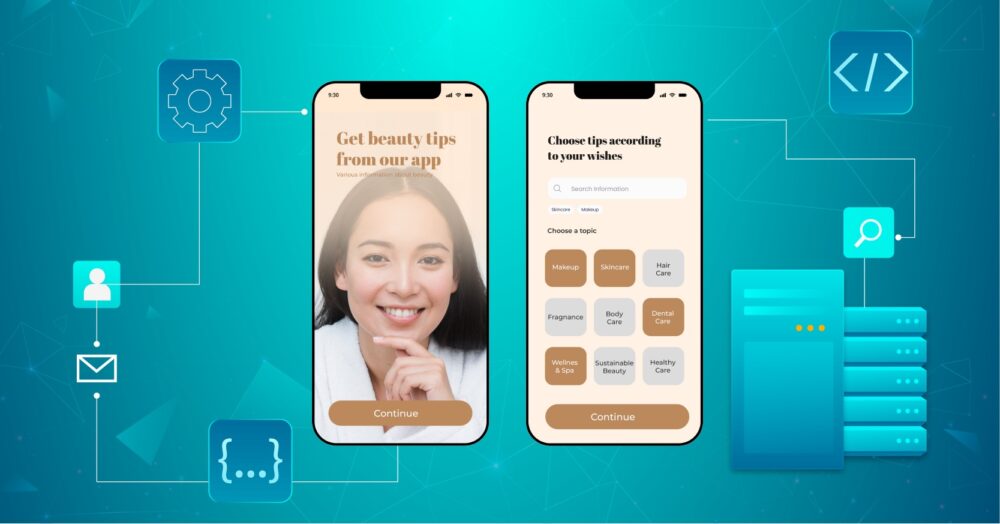

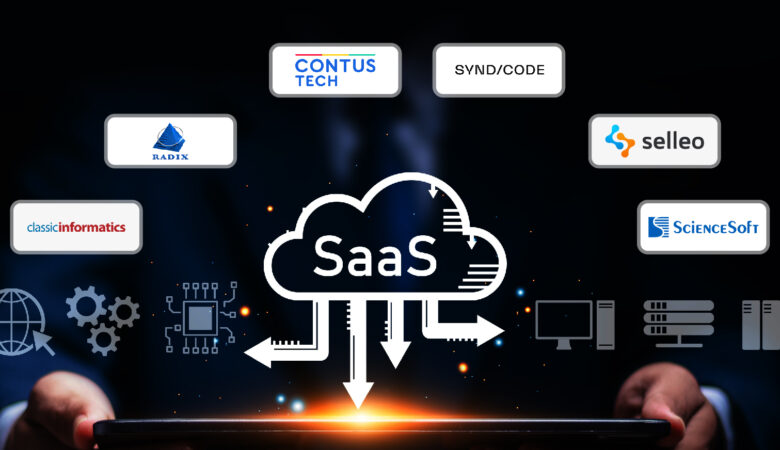
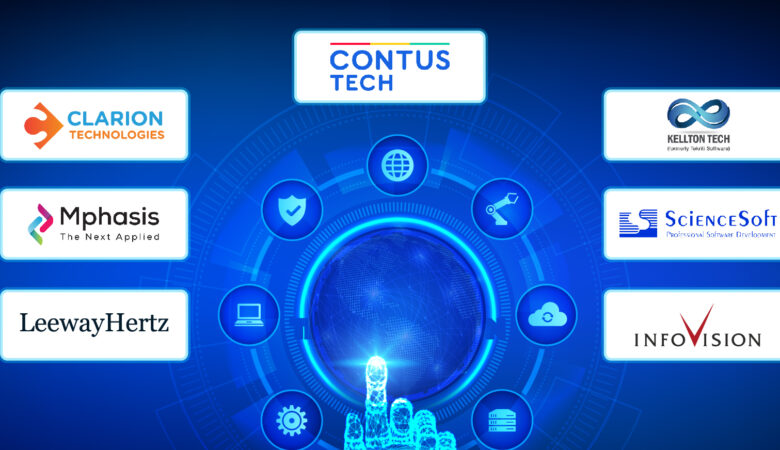
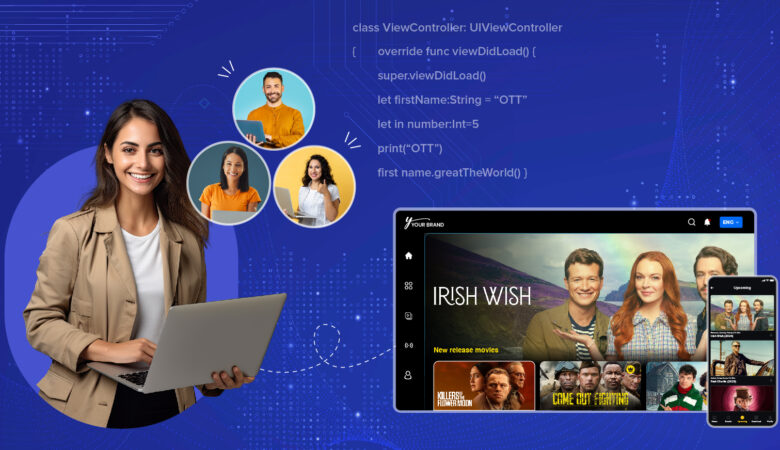
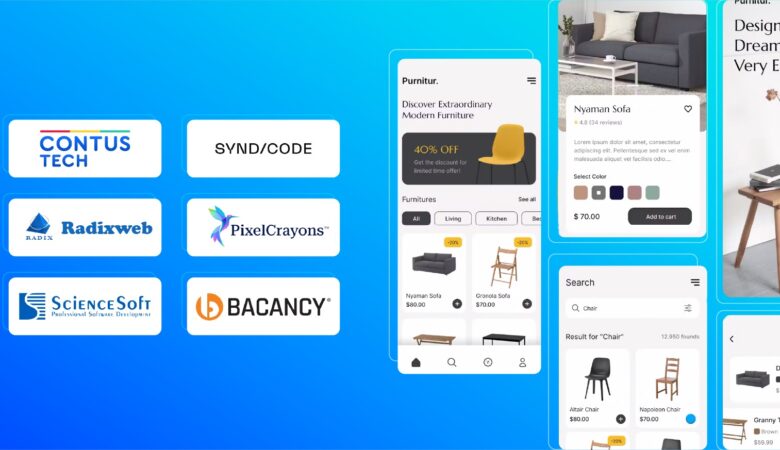
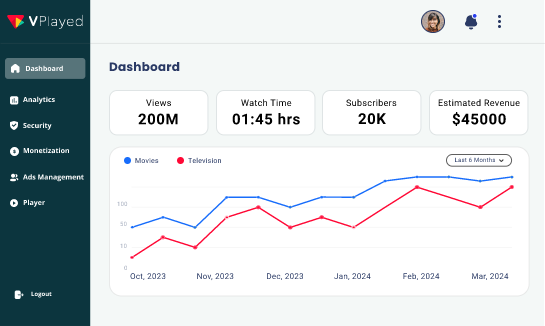
SaaS app development has truly transformed the way businesses operate. It’s interesting to see how cloud-based solutions are becoming increasingly universally.
Security is a top concern for me when it comes to SaaS applications. I hope the article provides some tips on ensuring data protection.
SaaS applications are truly revolutionising the way we interact with software. The convenience of accessing SaaS apps through the cloud without the hassle of installations is game-changing!
I’m curious to know which programming languages and frameworks are most commonly used in SaaS development.
I appreciate the breakdown of different types of SaaS applications like accounting, CRM, ERP, project management, and email marketing. It’s fascinating to see how versatile SaaS can be in catering to various business needs.
The article provides a comprehensive guide to SaaS application development, covering everything from market research to deployment. It’s a great resource for anyone venturing into SaaS development.
Market research is such a crucial step in SaaS development. Understanding user pain points and needs is essential for creating a successful product that truly adds value.
Very Informative and useful blog.
Good one mate!!!! I Appreciate your effort.
Defining the MVP is a critical step in SaaS app development. Focusing on the core features that solve real problems for users is key to gaining early traction.
I appreciate the emphasis on user research and feedback in SaaS. Understanding the needs of your target audience on how to build a SaaS application that resonates.
The article provides valuable insights into the challenges and opportunities of SaaS product development. It’s clear that thorough planning and execution are essential for success.